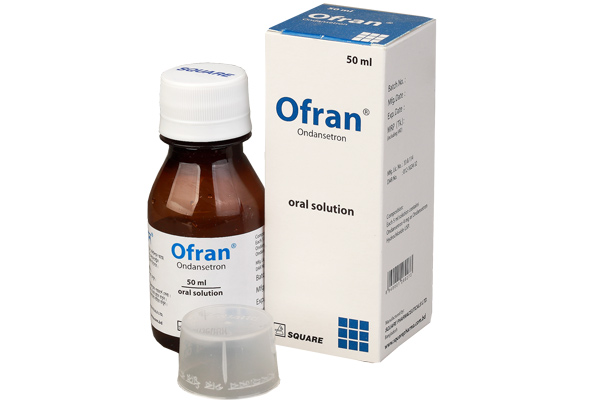Indications
Theophylline is indicated for the-
- Control of acute asthma.
- Management of chronic asthma (For both Symptomatic and prophylactic treatment).
- For controlling nocturnal asthma and early morning wheezing.
- Management of chronic obstructive lung disease (Chronic bronchitis and emphysema) and acute exacerbation of chronic obstructive lung disease.
- Control of apnea of pre-maturity.
Pharmacology
Theophylline is a bronchodilator, structurally classified as a Methylxanthine. Theophylline has two distinct actions in the airways of patients with reversible obstruction; smooth muscle relaxation and suppression of the response of the airways to stimuli. Theophylline also increases the force of contraction of diaphragmatic muscles. The half-life of Theophylline is influenced by a number of known variables. In adult nonsmokers with uncomplicated asthma the half-life ranges from 3 to 9 hours
Dosage And Administration
The dose of theophylline must be individualized on the basis of peak serum theophylline concentration measurements in order to achieve a dose that will provide maximum potential benefit with minimal risk of adverse effects. Most of the sustained release preparations may be administered every 12 hours in adults while administration every 8 hours may be necessary in some children with markedly rapid hepatic
metabolism of theophylline. The recommended maintenance dose within accepted therapeutic range is as follows :
- 16 years or older: 10 mg/Kg/day (Do not exceed 900 mg/day)
- 12 years-15 years: 13 mg/Kg/day
- 9-11 years: 16 mg/Kg/day
- 1 year-8 years: 24-24 mg/Kg/day
- 6 months-1 year: 12-18 mg/Kg/day
- 1-6 months: 10 mg/Kg/day.
Interaction
Theophylline should not be used concurrently with other preparations containing xanthine derivatives. The clearance of theophylline is increased by barbiturates, carbamazepine, lithium, phenytoin, rifampicin and sulphinpyrazone and it may therefore be necessary to increase dosage. On the other hand, the clearance of the drug is reduced by allopurinol, cimetidine, ciprofloxacin, corticosteroids, erythromycin, frusemide, isoprenaline, oral contraceptive and thiabendazole and a reduced dosage may therefore be needed to avoid side effects. Theophylline can potentiate hypokalemia resulting from beta-2-agonist therapy, steroids, diuretics and hypoxia, so serum potassium levels should be monitored in such instances.
Contraindications
Theophylline is contraindicated in patients with hypersensitivity to Theophylline or any other component of the product.
Side Effects
Generally side effects are rare at normal dosage. It may include gastrointestinal discomfort, headache, nausea, insomnia and hypotension. CNS stimulation and diuresis may also occur, especially in children.
Pregnancy And Lactation
It is not known whether Theophylline can cause foetal harm when administered to pregnant woman. Xanthines should be given to a pregnant woman only if clearly needed. Theophylline is excreted into breast milk and may cause irritability or other signs of mild toxicity in nursing human infants. Serious adverse effects in the infant are unlikely unless the mother has toxic serum Theophylline concentrations.
Precautions And Warnings
Careful consideration is needed for various interacting drugs and physiologic conditions that can alter Theophylline clearance. Dosage adjustment is required prior to initiation of Theophylline therapy, prior to increases in Theophylline dose, and during follow up. The dose of Theophylline selected for initiation of therapy should be low and, if tolerated, increased slowly over a period of time.
Therapeutic Class
Bronchodilator, Theophylline & related drugs.
Use in special populations
Pediatrics use: The clearance of Theophylline is very low in neonates. Careful attention to dosage selection and monitoring of serum Theophylline concentrations are required in pediatric patients.
Storage Conditions
Keep all medicines out of reach of children. Store in a cool and dry place, protected from light.
